Varicose Veins
VEIN CONDITIONS & TREATMENTS
Treating varicose veins not only makes them look better, but it also helps your blood to flow better, improving your overall vascular health.
We offer treatments for the following conditions:
Arterial Disease / PAD![]()
cancer care![]()
cardiac conditions![]()
compression fractures![]()
Enlarged Prostate / BPH![]()
Podiatry![]()
liver cancer![]()
Neuropathy![]()
Uterine fibroids![]()
Varicocele![]()
Varicose Veins![]()
Varicose veins occur when the valves inside veins fail to push blood back to the heart effectively. Blood pools inside the veins, causing them to stretch and swell. Sometimes this can cause pain, itching, inflammation, and other symptoms.
Varicose veins aren’t just a cosmetic problem, especially when they are accompanied by pain, a “heavy” sensation in the legs, or skin changes. They are a warning sign that you may have more serious vascular problems. The good news is that vein “surgery” isn’t what it used to be. Now, varicose veins are easy to diagnose, and the latest treatment options are better than ever before. On top of the visible results, closing off damaged veins with procedures like laser ablation, radiofrequency ablation, or VenaSeal forces your body to find new, healthier pathways for blood flow. Your legs look better, and your circulation improves!
If you have varicose veins accompanied by aching, burning, throbbing, swelling, pain, or itchy or discolored skin, it’s time to see one of our vein specialists.
Today’s Varicose Vein Treatments
What does varicose vein treatment look like? Once your doctor assesses your overall vein health, they will talk with you about which of the following treatments would be best for you.
Laser Ablation Therapy
Through a tiny nick in your skin, a thin tube is threaded through your vascular system to the problem veins. A laser fiber is fed through the catheter, heating the wall of the vein in segments. This causes the vein to collapse and seal.
Radiofrequency Ablation
A probe-tipped catheter is inserted through a tiny nick in your skin and guided with real-time imaging to the varicose veins. Radio waves are emitted from the probe, producing heat which damages the inner lining of the vein, causing it to collapse and close.
Sclerotherapy
Ultrasound is used to locate the veins needing treatment. A chemical foam is injected into the vein, causing a reaction that closes it off. Multiple treatments may be needed. If you have spider veins (small red, blue, or purple varicose veins that are only of cosmetic concern), a cosmetic sclerotherapy treatment can be used to treat them.
VenaSeal
The most revolutionary of varicose vein treatments, VenaSeal uses small drops of medical-grade adhesive to close off varicose veins. No heat is used, so there is no need to wear compression stockings afterward. Patients are able to walk out of the treatment and immediately resume normal activities.
Treated veins do not need to be removed; eventually they will be absorbed by your body. Blood is automatically re-routed to other, healthier veins. Your body has many veins, so there is no danger in closing the ones that are no longer working.
Varithena for Varicose Veins
Minimally invasive Varithena is quickly becoming a preferred treatment for varicose veins by both patients and physicians. Varicose vein treatment with Varithena is quick and relatively painless, requiring only minimal local anesthesia
Ambulatory Phlebectomy
Ambulatory phlebectomy is an out patient procedure that removes painful, bulging varicose veins through tiny incisions in the skin. Most often the incisions are so small it does not require stitches in the skin. It is performed as an outpatient with local anesthesia so patients are able to walk (or ambulate, which is why its called an “ambulatory” phlebectomy) and quickly resume daily activities.
